The most valuable collection... There are more Hajj artifacts in Istanbul than in the Hejaz!
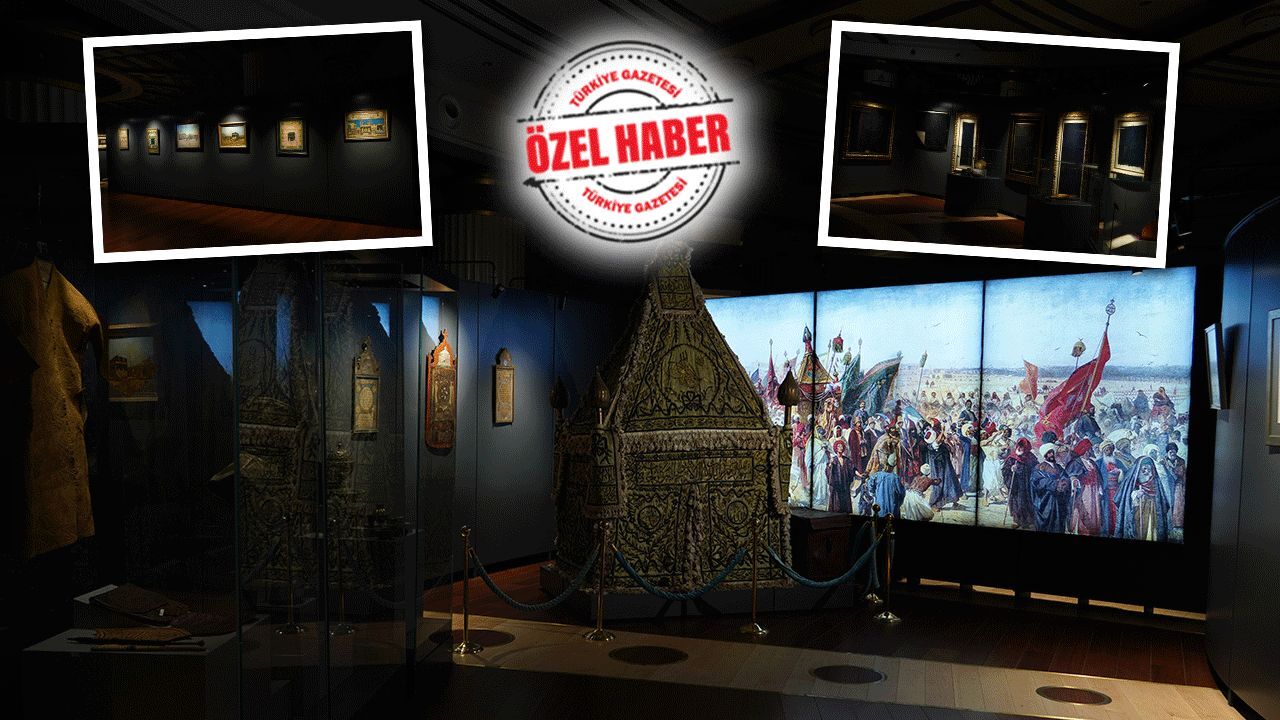
Culture - Art News / Türkiye Newspaper
Bekir Kantarcı, who has a collection of 700 works related to the Hajj, says, “Interestingly, I realized that Istanbul is much richer than Hejaz in terms of works related to the Hajj. These works tell the deep love our nation has for the Kaaba, from its administrators to its people.”
MURAT OZTEKIN - Collector Bekir Kantarcı has been collecting objects and works of art related to the Hajj ritual for 33 years. Kaaba and Masjid al-Nabawi covers, objects used during the Hajj pilgrimage, gifts sent by the Ottomans with the Surre Regiments and others…
The collection, which includes more than 700 rare works, also reveals the love that the Ottomans and other Muslims had for the Hijaz. Kantarcı, who occasionally presents the works in his collection to visitors through exhibitions, is currently organizing the “On the Way to the Kaaba: Sacred Journey Memories” exhibition at the Presidential National Library. We spoke to him on this occasion…
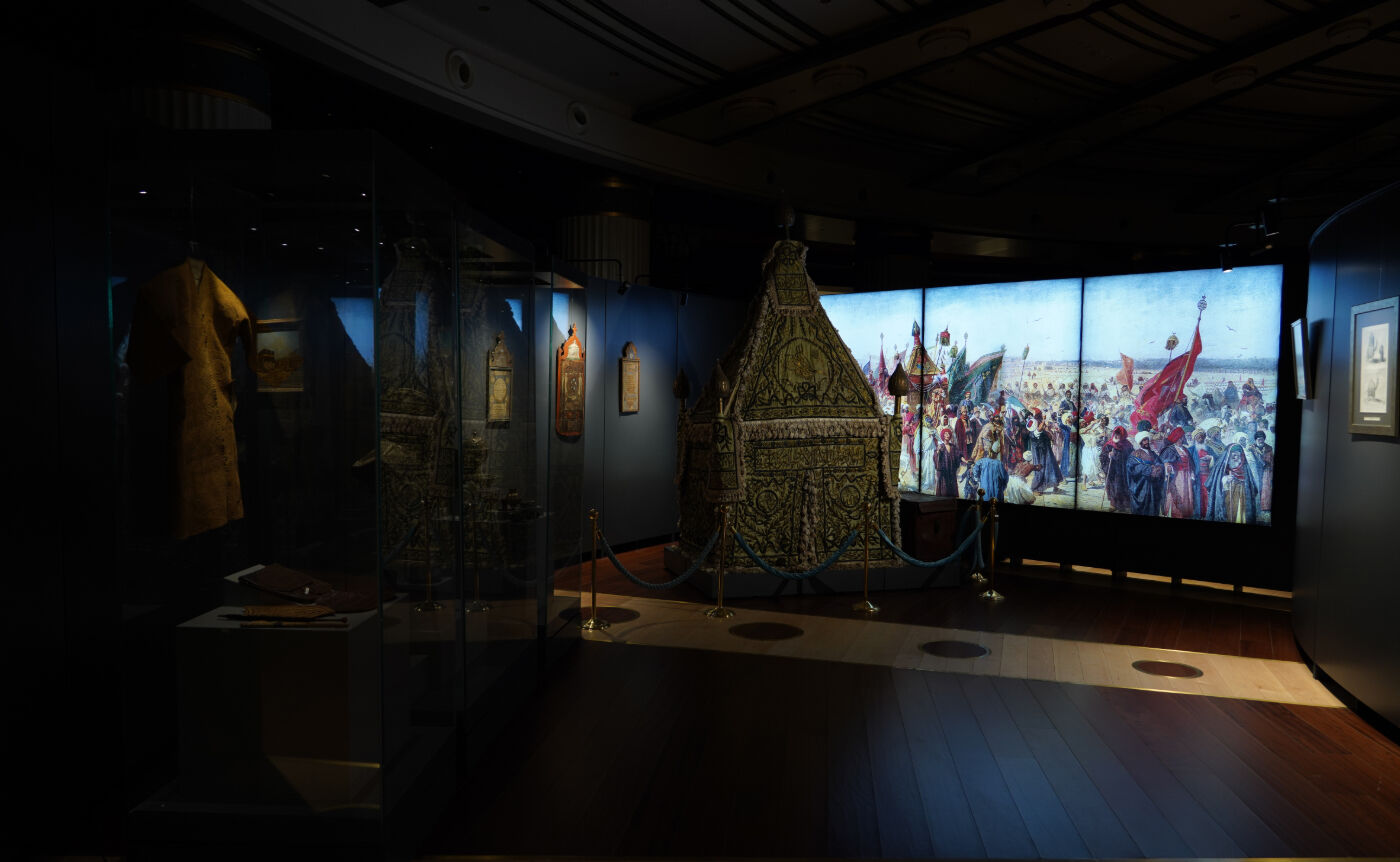
LOVE FALLING INTO THE HEART WITH A PIECE
Every collection has an origin story. We know that you have different collections, but how did you start collecting artifacts related to the Hajj?
I went to Saudi Arabia in 1990 with the intention of doing my doctorate, and lived and did business for 25 years. While selling souvenirs related to the Kaaba, the covers of this sacred place caught my attention. However, it seemed difficult for me to obtain the Kaaba cover. Right at that time, someone presented me with a piece of the Kaaba cover. I will never forget the joy I felt the day I acquired that piece. After the first piece, a fire burned inside me. Then I started to investigate whether I could find the inner and outer covers of the Kaaba from different periods. In this way, I was able to obtain more Kaaba covers. The old families in Medina also presented me with some old covers belonging to the Masjid an-Nabawi.
But you have been living in Türkiye for a while. Didn't you have any difficulty in collecting works related to the Kaaba here?
Yes, I returned to Türkiye for good in 2014. But interestingly, I realized that Istanbul was much richer than the Hejaz in terms of artifacts related to the Hajj. These were Ottoman heritage artifacts. I found so many rare things in the mansions of old pashas… I came across a wide range of objects such as items sent from Istanbul to the Kaaba, bags used during travel, chests and decrees on the Hajj.
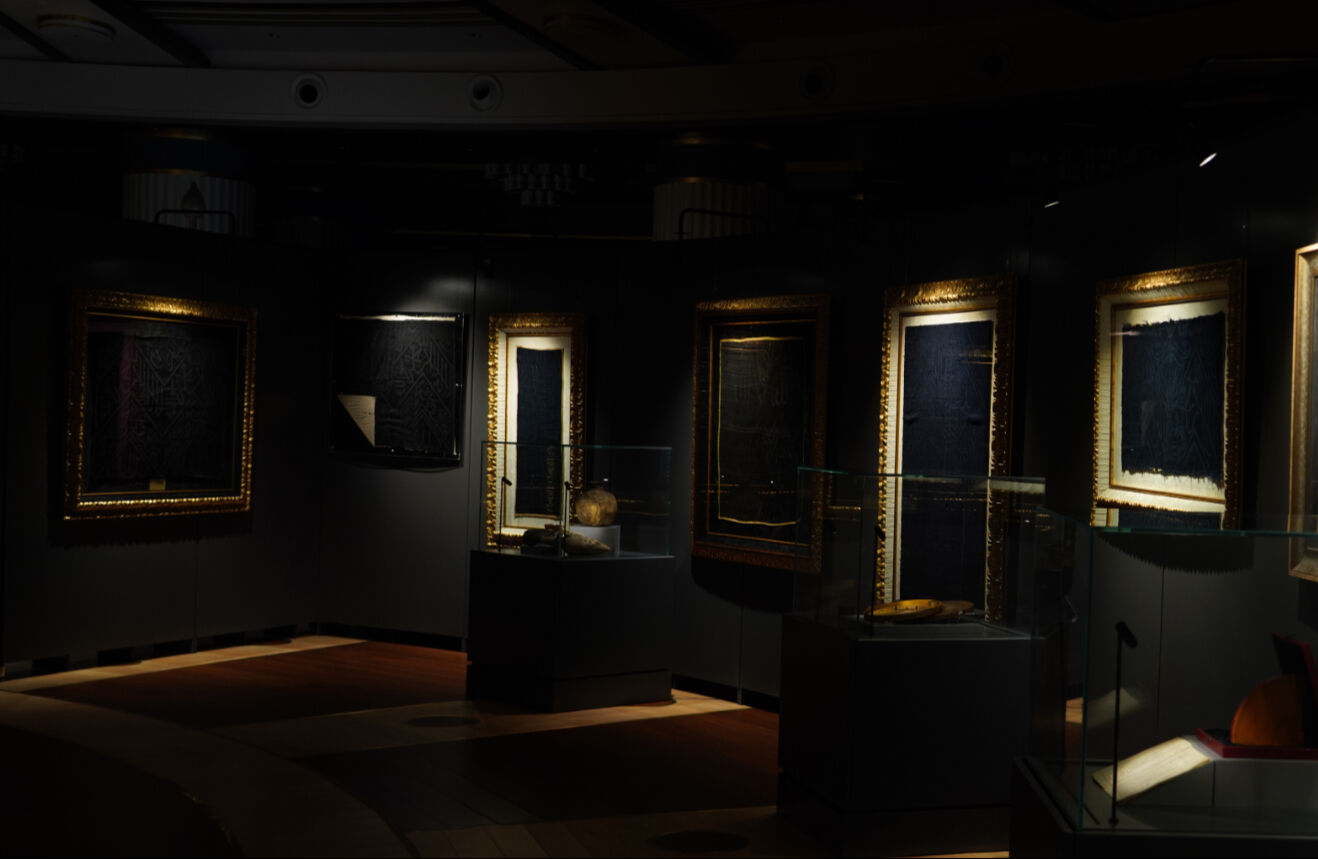
THE OTTOMAN'S BIGGEST PROBLEM
So, what kind of stories are hidden behind these objects?
I call the works I have collected “memories of the sacred journey”. In the past, the hajj was performed by land travel in six or seven months. However, before that, there was a long preparation period. People prepared their wills, made peace with those who were rightfully theirs, and read books on the hajj ritual. Hajj was also very different. In the past, hajj was not as crowded as it is today; Islamic scholars could easily meet with each other. Therefore, hajj was a journey that touched the soul of a person more. The lives of people returning from hajj were also completely different. The works that bear witness to this situation are very valuable. The works from the Ottoman Empire tell the deep love that this nation felt for the Kaaba from its administrators to its people. Because our biggest concern in these lands was the best protection of the Kaaba and the Hijaz. In fact, Kaaba covers were always woven in these lands for years.
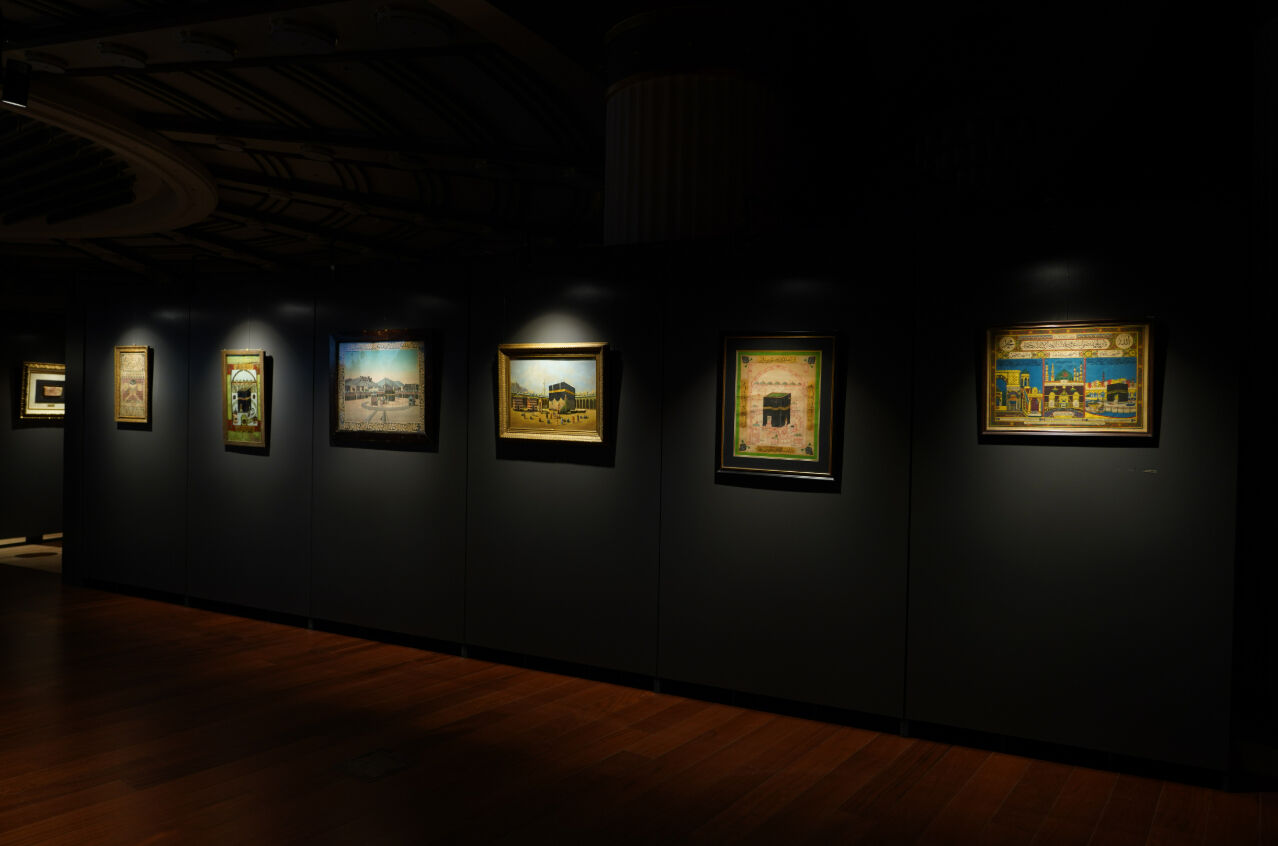
Is your collection still expanding?
My search continues. However, I am having trouble finding artifacts as easily as I used to. Because artifacts related to the Hajj are now considered rare and do not come up for auction very often. However, last year I discovered the last Maqam-i Ibrahim cover made of pure gold wire in Istanbul. This was pleasing to me. My aim is to find the oldest Kaaba cover that exists. I currently have the oldest covers that are around 350 years old. 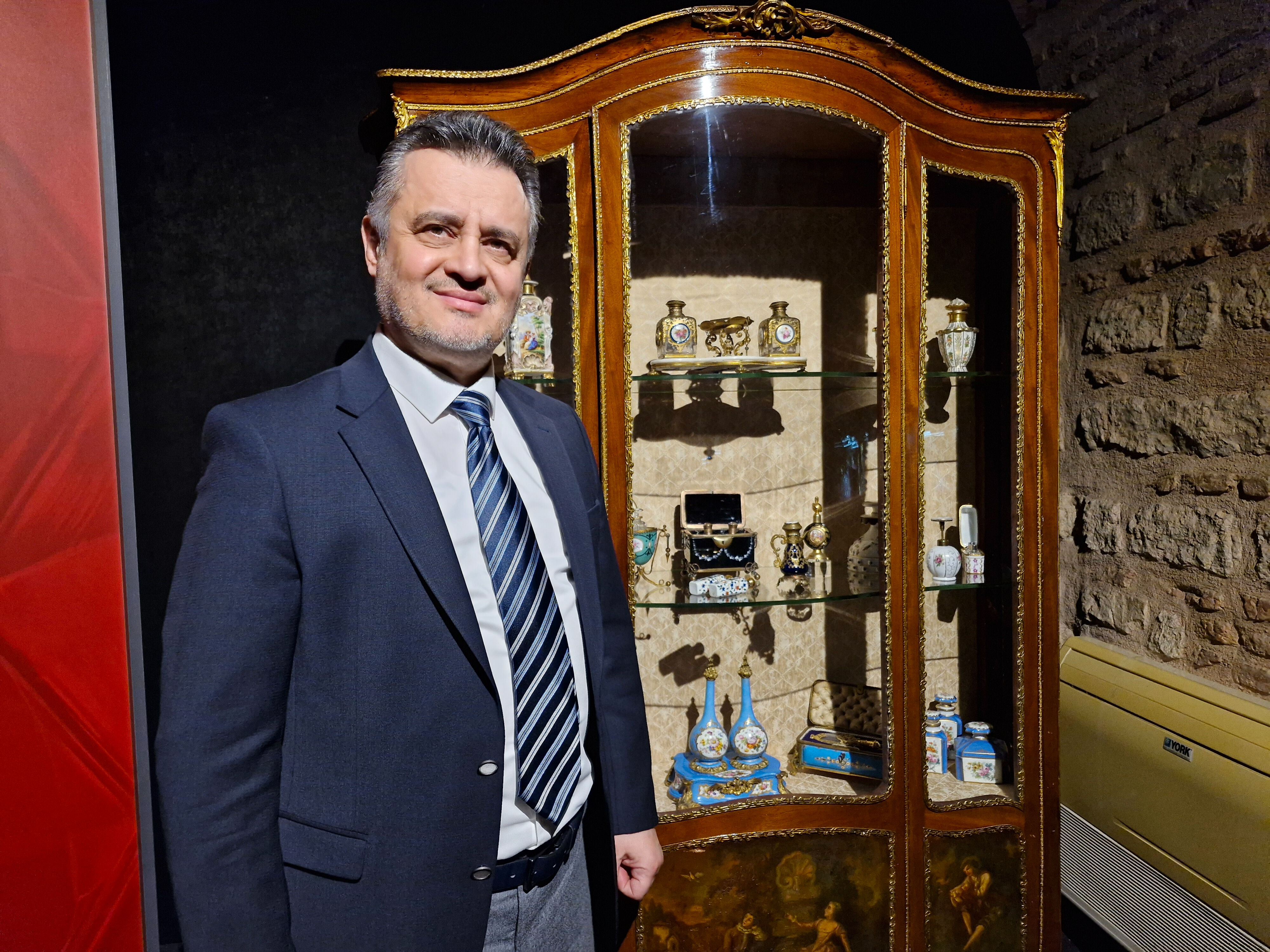
There are many works from the past in your collection. So, what will remain as a collector's item from today to tomorrow?
Today, Hajj has taken on a completely different form. Now, even going to the Kaaba has different rules and has become difficult. People have also become a little dull. Therefore, I honestly don't know what kind of collectibles will remain from today to tomorrow.
I AM READY TO DONATE MY WORKS IF THE MUSEUM OPENS
You have very valuable works. Are you having difficulty preserving them?
I keep the collection in a special apartment where we can protect it from any kind of damage. We maintain it periodically, but it is a difficult job. That is why I want to bring the works together with people under the roof of a museum where they can be visited and seen at any time. A place can be opened under the name of “The Sacred Journey Museum”. If the state allocates us a permanent place, I am ready to donate all my works to the museum in return.
LOVE OF THE KAABA ALSO SHAPED ART
“Love for the holy lands has also shaped art. Oil paintings and miniatures showing our people’s love for the Kaaba have also been made. When there were no videos and photographs like there are today, people fulfilled their longing with these works of art. Unique Kaaba views have been made, especially with under-glass art.”
News Link: The Most Valuable Collection... There Are More Hajj Artifacts in Istanbul Than in Hejaz!
Author: Türkiye Newspaper

Share:
Trt News | Memories of the Sacred Journey Exhibited in Esenler - 11.04.2022
Ntv Life | Perfume Fragrance Museum Sheds Light on History - 22/05/2023